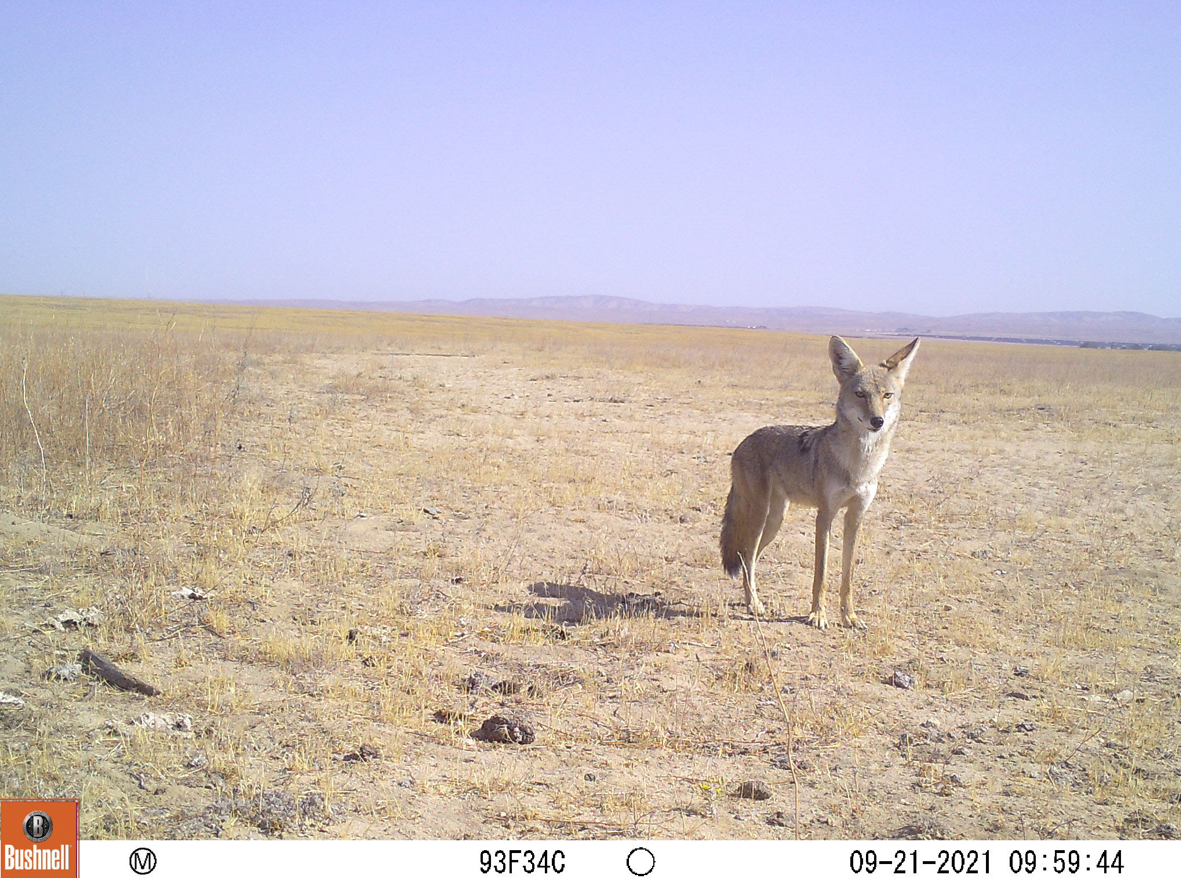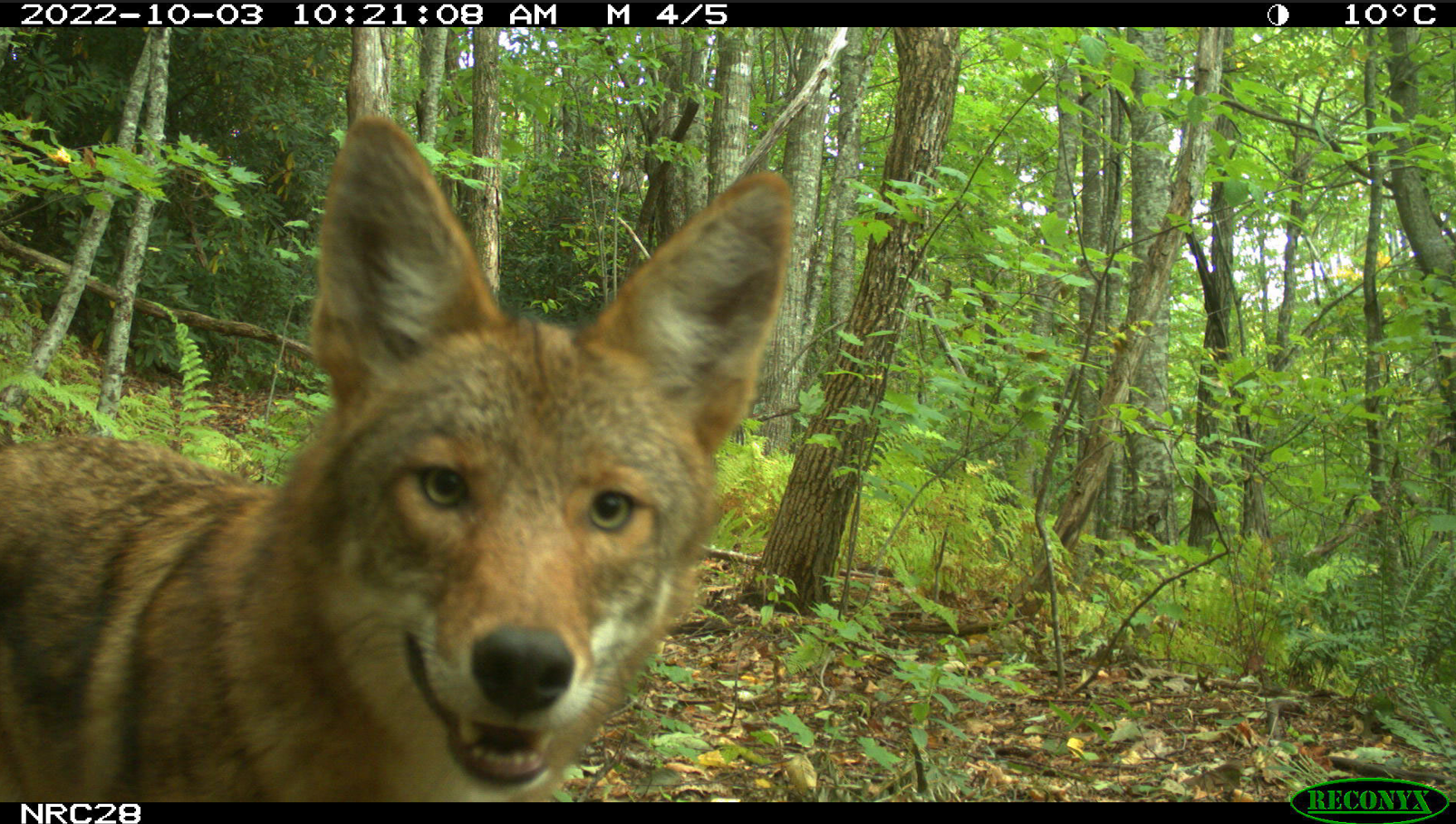A “coywolf” is the nickname given to eastern coyotes, a hybrid of wolves and coyotes that also contain a fair share of genes from domestic dogs. This remarkable canid mutt has enjoyed a population boom over the past century and can now be found in plains, parks, and back alleys across much of eastern North America.
Known to scientists as eastern coyotes, there’s some heated disagreement about whether they can be considered a separate species. However, it is evident that this hybrid animal has some clear differences from both common coyotes (aka western coyotes), not to mention wolves and dogs.
For this article, we’ll be referring to eastern coyotes as coywolves, although bear in mind that some scientists really don’t like that term (more on that later).
What does a coywolf look like?
The average coywolf weighs between 13.6 to 18.2 kilograms (30-40 pounds), but they can reach up to 25 kilograms (55 pounds). They are slightly larger than western coyotes but smaller than a wolf.
Appearence-wise, coywolves look more similar to western coyotes than wolves, featuring longer facial features, longer limbs, sticky-up ears, a bushy tail, and coat color that can range from tan and rusty red to gray and even black.
In terms of behavior, coywolves are said to take on the variety of characteristics seen in their parental species: like wolves, they hunt in packs; like coyotes, they can survive in open plains; like dogs, they are not scared of humans.
This unique mixture of traits is partially what’s made the coywolf so adaptable – and successful. There are no solid estimates of their population numbers, although data collected from trappers suggested they are becoming more common in most eastern states in the US.

Just like western coyotes, eastern coyotes are adapted to hunting on open plains.
Image courtesy of Roland Kays
Where do coywolf live?
Today, coywolf can be found throughout much of eastern North America, including the northern eastern US and eastern provinces of Canada.
They were first sighted in 1919 near Ontario, Canada. This neatly overlaps with the time frame when we know western coyotes expanded their range eastwards at the beginning of the 20th century, moving from Minnesota to Ontario.
It’s likely that some of these migrating coyotes already had wolf genes from previous hybridization in the west of the US. Throughout the 19th and early 20th centuries, wolf populations in the West were decimated because they posed a threat to livestock. Strapped for mates, the wolves began mating more with eastward-expanding coyotes. When the migrating coyote-wolf hybrids arrived in the East, they bred with domestic dogs, sparking the creation of the eastern coyote.

Along with hunting on plains, they can also find prey in forested areas like their wolf cousins.
Image courtesy of Roland Kays
Are coywolf are separate species?
The genetic makeup of coywolf varies from region to region, but they are roughly 60 percent coyote, 30 percent wolf, and 10 percent dog, according to a 2016 study.
Since a significant portion of their genome is non-coyote, some scientists argue coywolf should be defined as a separate species.
However, other researchers maintain they are just a sub-species or population of coyotes. All populations have their genetic variation, plus there is still gene flow between eastern coyotes and other canids, indicating they are not too yet distinct.
“There is no doubt that there is a hybrid canid living in the eastern US, and that it is the result of an amazing evolution story unfolding right underneath our noses. However, this is not a new species – at least not yet – and I don’t think we should start calling it a ‘coywolf,'” Roland Kays, a Research Professor at North Carolina State University, wrote in an article for the Conversation.
“For now, we have the eastern coyote, an exciting new type of coyote in the midst of an amazing evolutionary transition. Call it a distinct ‘subspecies,’ call it an ‘ecomorph,’ or call it by its scientific name Canis latrans var. But don’t call it a new species, and please, don’t call it the coywolf,” Kays added.
Source Link: Coywolf: Hybrid Eastern Coyotes Are Taking Over Parts Of North America